North America’s largest bio-solid facility using dry anaerobic digestion and feeding the city’s own natural-gas-powered vehicle supply is under construction in Surrey. The 154,171-square-foot facility is located on a 6.6 acre site adjacent to the Surrey transfer station in Port Kells.
The facility, a P3 project between the City of Surrey and developer Orgaworld, will be able to ingest about 115,000 tonnes of organic waste each year, which is almost double the entire city’s annual green-waste output of 62,000 tonnes.
It will turn food scraps and yard waste into as many as 160,000 gigajoules of natural gas and up to 40 tonnes of compost annually.
Ryan Lauzon, project manager with the project’s builder Orgaworld, said construction crews are currently installing the footings, after ground improvement work was completed using Rapid Impact Compaction (RIC).
RIC densifies shallow, loose, granular soils by repeatedly striking an impact plate with a hydraulic hammer. The technique improved the site’s density, while ensuring ample bearing capacity and decreased settlement.
"They spent almost a month shaking and rattling the neighbourhood to make sure the site was dense enough," said Lauzon.
"It was a good technique for our type of facility because the building takes up such a big footprint spread out over one-storey and the soil was a bit soft."
The facility uses a traditional steel truss to get the spans required by the large footprint. All steel within the facility is either hot dipped galvanized or stainless. The facility will be constructed using a combination of cast-in-place and tilt-up methods. Components will be cast in beds around the site and tilted up with cranes, said Lauzon.
"It is more efficient and can go up faster than a standard building," he said. "It has the same concrete and rebar, but the schedule can decrease because we are standing the pieces and tying them together."
The technique will reduce the schedule by three to four months.
"In terms of getting the facility up and running for January 2017, it is important to take advantage of this technique," said Lauzon.
The technology used in the plant comes from Europe, which can challenge the project’s co-ordination.
"Integrating European suppliers can be difficult in terms of timelines and confirming everything meets North American standards," he said.
Integrating the building’s ventilation components to accommodate the facility’s complex processes was a key priority, said Lauzon.
"You build to enhance or promote the process," he said. "Everything we do is tied in with the process engineering."
The composting process modulates the amount of airflow through the building, ensuring the building is kept under suction.
"The building is constantly in negative pressure as the composting system uses the internal air to flow oxygen into the tunnels," said Lauzon.
Composting tunnels use fresh air and air from in the building to supply the ventilation.
"We are constantly taking into consideration the environment inside and how wastes and liquids move through the facility," he said.
Half of the facility is designed for anaerobic digestion and half for composting, keeping in mind that the primary focus of the facility is to provide the City of Surrey with biomethane.
"It takes careful planning and staging," he said.
"The concrete structures are similar and there is a lot of processing equipment connected to the structure that makes each biological process different."
The building’s exterior is architecturally significant for a waste facility because its aesthetic moves away from conventional neutral tones and into a bright, welcoming colour scheme.
"It is unusual for this type of facility," said Lauzon.
"The City of Surrey’s vision was to have it be a landmark and get public participation.
"Usually these buildings are minimized, but the City wanted to make this a showpiece."
Under the P3 agreement, the city retains ownership of the gas and will sell it for revenue to the gas utility. The City of Surrey will then buy back a portion of the fuel to power its fleet of natural-gas-powered utility trucks.
Green waste is currently shipped to a smaller, similar facility in Richmond with only about a quarter of Surrey’s planned capacity. The gas produced is considered carbon neutral because it is generated by food waste, rather than extracted from the ground.
Bi-solid waste processing is the way of the future, said Lauzon, mainly because they are scalable and could be in every major center in North America.
"This facility is just the tip of the ice berg for these types of facilities," said Lauzon.
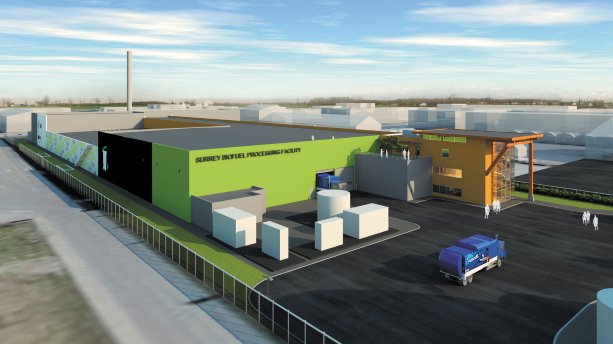
1/2
The bio-solid facility under construction in Surrey, B.C. will be the largest of its kind in North America. The plant uses dry anaerobic digestion, and output from the facility will be used to fuel the city’s own natural gas powered vehicles.
Photo: City of Surrey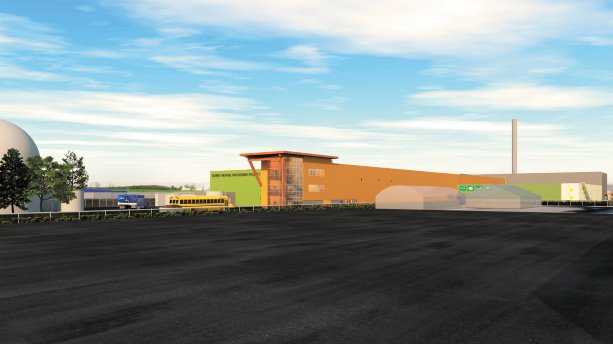
2/2
The facility


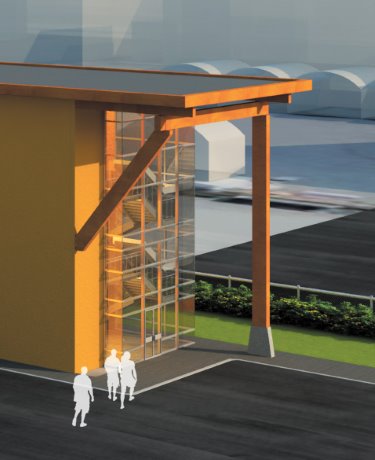
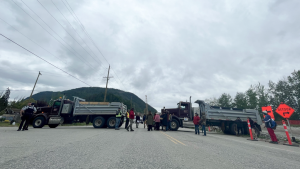

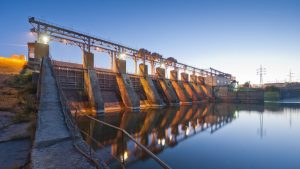
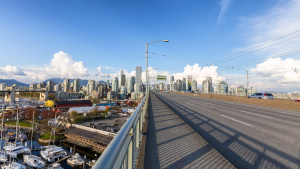



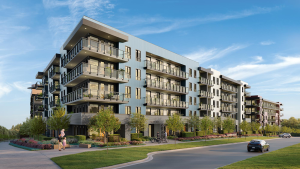
Recent Comments
comments for this post are closed